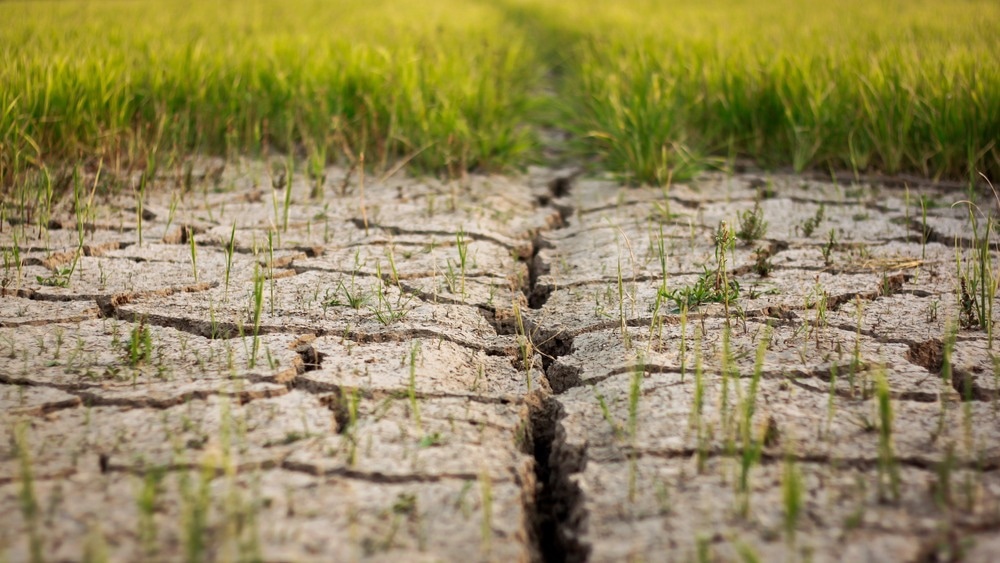Since the 1950s, weather extremes have been more frequent and intense, and international hydrology specialists are utilizing new technology to map land areas vulnerable to hotter, arid conditions due to climate change.

Image Credit: Oh_Apisit39/Shutterstock.com
Experts from Flinders University collaborated on three studies with Chinese and other Australian researchers to investigate the impact of droughts on heatwaves, vegetation health, and soil salinity.
The first study, headed by former Flinders University Ph.D. Dr. Ajaio Chen, divided a world map into red and blue sections to show places most affected by global warming against drought-induced local soil moisture deficit.
Two other research, headed by researchers from China Agriculture University, focused on enhancing hyperspectral remote sensing technology to monitor the salinity of irrigated agricultural soils and the effects of drought on vegetation health on a broad scale.
These two studies provide methods for assessing the large-scale effects of global warming and increasing rainfall variability on hot extremes, aridification, soil degradation, and food security in order to plan for future resilience of our environment and agricultural systems.
Huade Guan, Associate Professor, Flinders University
Huade Guan is the chief investigator from Australia’s National Centre for Groundwater Research and Training.
The first study demonstrates that, while some places are more frequently impacted by hot extreme occurrences as a result of global warming, others are more affected by the substantial year-to-year variability in root zone soil moisture.
Dry regions (like the Sahara), plateaus (e.g., the Brazilian Plateau and the Mongolian Plateau), and mountain ranges (e.g., the Andes in South America, the Rockies in North America) are more likely to experience global warming-induced heat extremes because interannual variability of root zone moisture is usually lower due to water scarcity, steep topography, and/or low temperature.
The number of hot days was also influenced by vegetation clearance and ocean-atmosphere phenomena.
In the meantime, co-author Associate Professor Guan suggests that focused use of large-scale soil salinity monitoring could be utilized to mitigate the deteriorating consequences of hotter, drier conditions.
The second study designed a new “soil spectral reflectance exponential model” to improve the application of soil spectrometry for large-scale measurement of soil salinity.
It can be useful for monitoring soil salinity on flood plains and on irrigation crop fields. Soil salinity affects about 23% of cultivated land, especially in arid and semi-arid irrigated agricultural areas and is one of the main factors restricting sustainable development of agriculture.
Huade Guan, Associate Professor, Flinders University
Journal References:
Chen, A., et al. (2022) Spatially differentiated effects of local moisture deficit and increased global temperature on hot extreme occurrences. Journal of Hydrology. doi.org/10.1016/j.jhydrol.2022.128720.
Huang, X., et al. (2022) An Improved Exponential Model Considering a Spectrally Effective Moisture Threshold for Proximal Hyperspectral Reflectance Simulation and Soil Salinity Estimation. Remote Sensing. doi.org/10.3390/rs14246396.
Weng, Z., et al. (2023) Three-dimensional linkage between meteorological drought and vegetation drought across China. Science of The Total Environment. doi.org/10.1016/j.scitotenv.2022.160300.